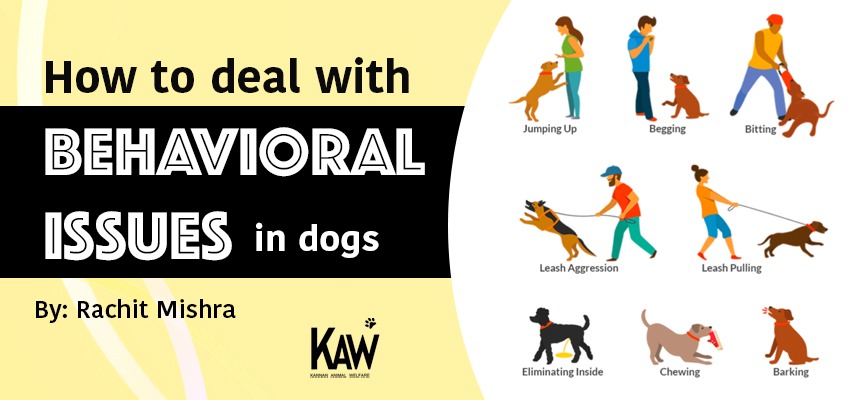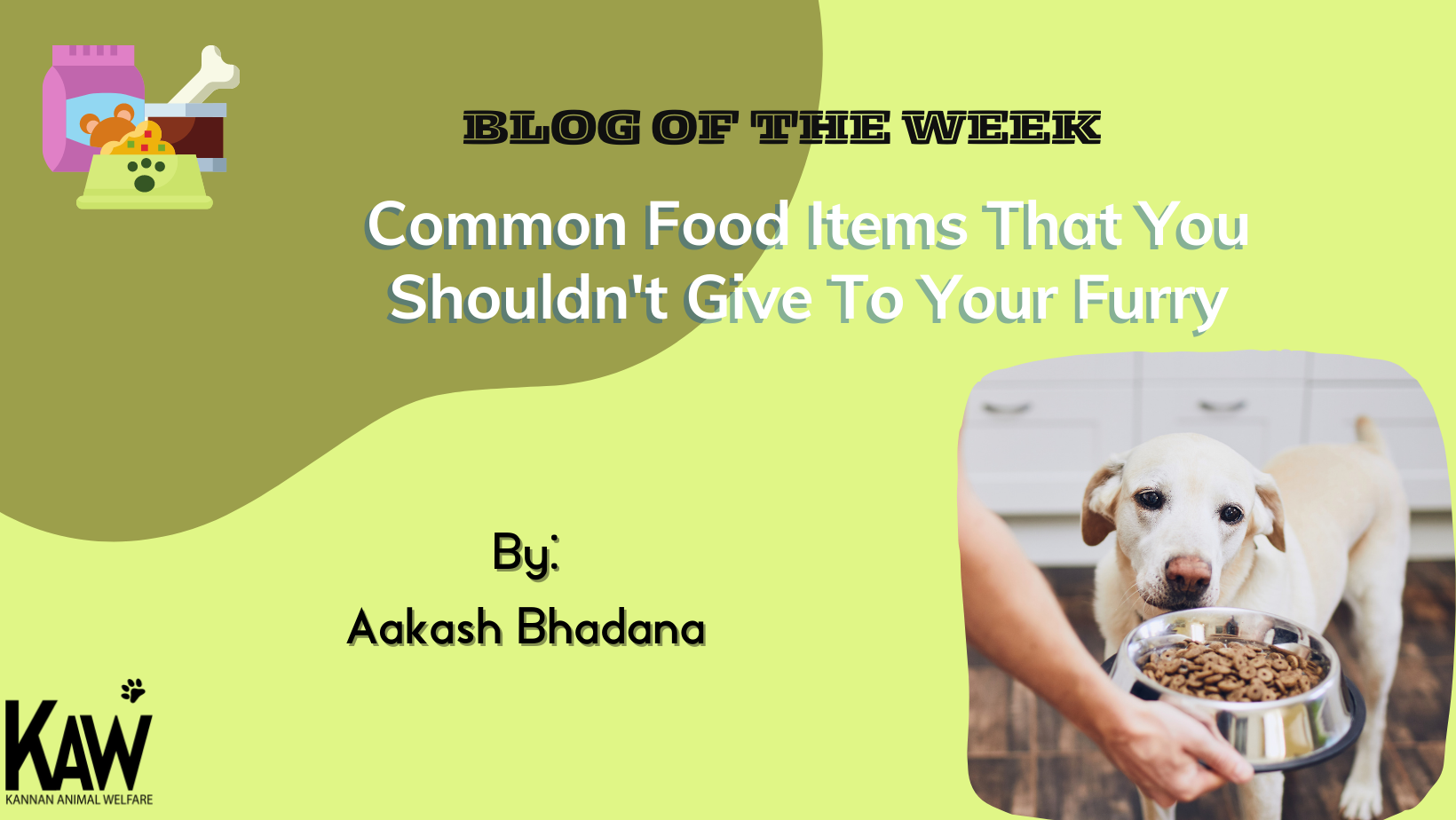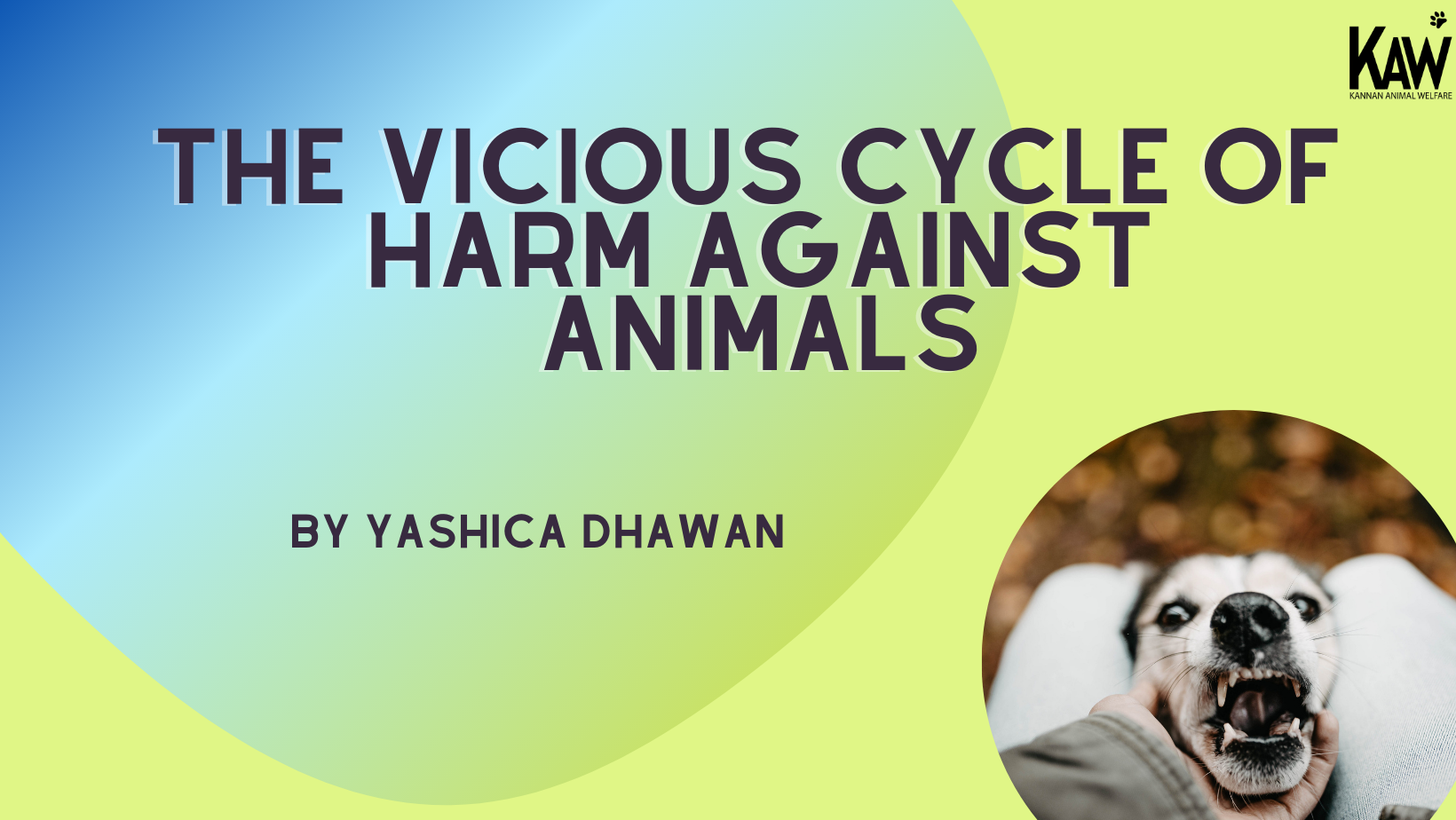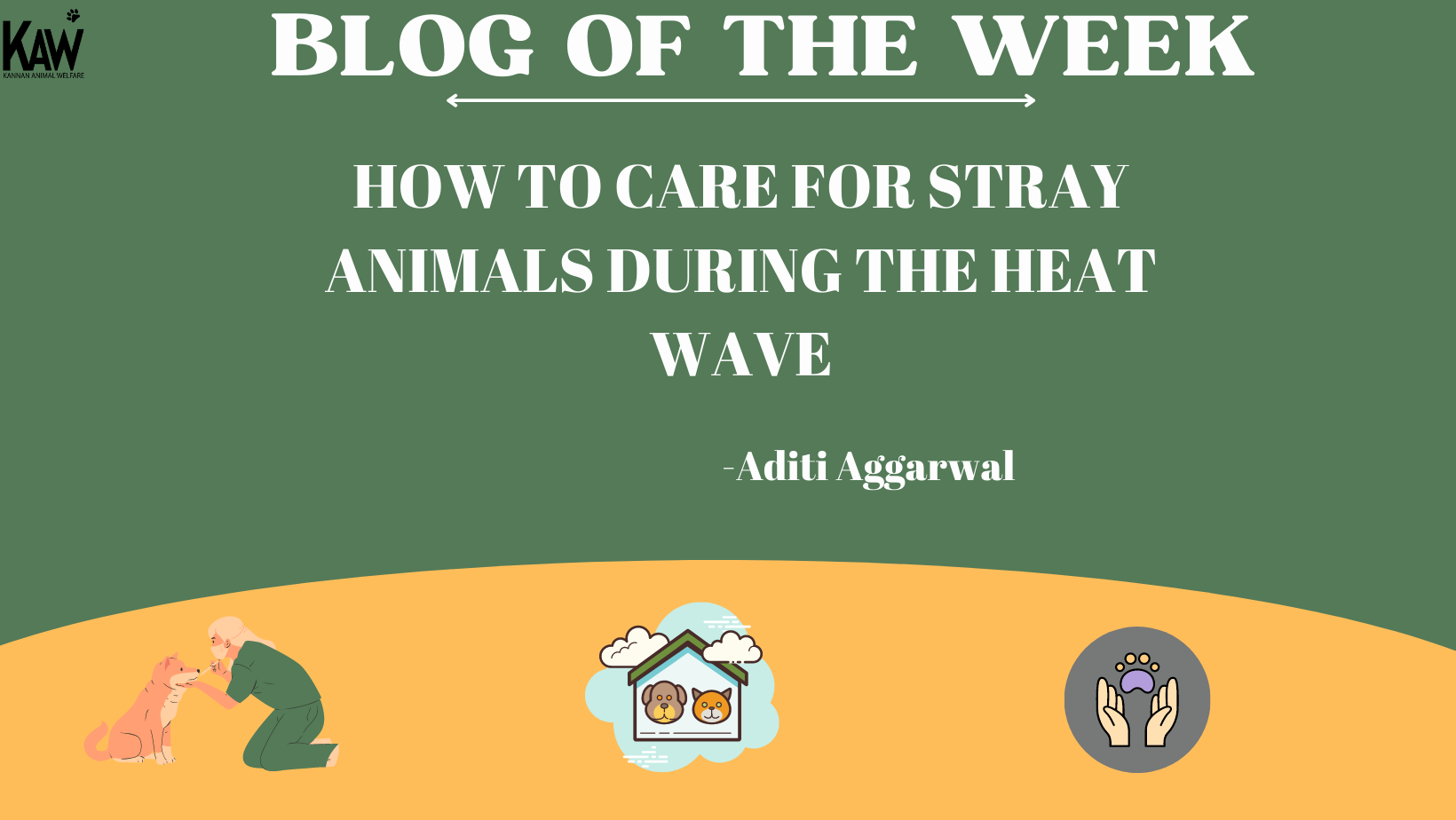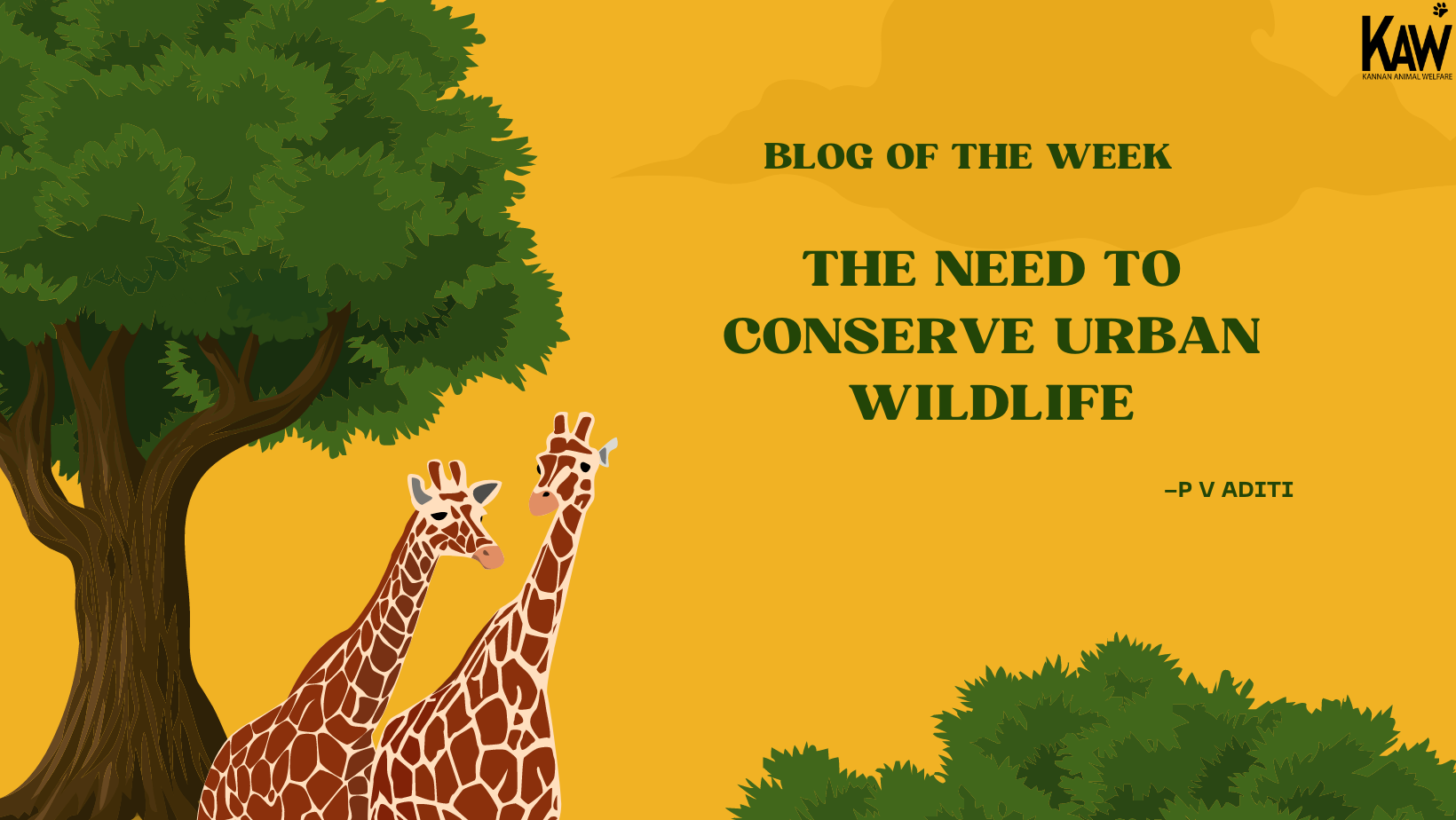Dogs are ever-energetic, charming, and playful nearly all the time. All of us want our pooches to behave in a particular and desired manner - especially to remain poised around unfamiliar people and in new environments. Yet, there will be instances when a dog’s behavior is anything but perfect, and owners experience difficulty in correcting, teaching, and training their companions appropriate behaviour and in fulfilling the criteria of a “good dog.” There are certain reasons for your dog to act in a ” strange” manner, and these could range from wanting attention to lack of exercise. It’s essential to keep in mind that, no matter what, hitting your dog is never the solution to the problem. In fact, it is more likely to make the dog hostile and may lead him/her to disobey you more frequently in the future. Apart from that, physical punishment can lead to severe psychological impact for dogs, and your companion might begin to fear you and other humans as well. Dogs are liable to bite or attack in traumatic situations, when they are nervous and perplexed at the same time. Punishing them physically would instigate an instinctive attack in defence, which should definitely be avoided. Punishment should not be synonymous to beating or abuse.
Behavioral Problems
Making a mess
Dogs and puppies can become very active and mischievous, especially when they grow up. If your dog starts digging a pit in the lawn and becomes smeared with dirt, don’t be surprised, because they enjoy this activity a lot! Digging, in particular, is one of the most basic traits of dogs and comes somewhat naturally to them. For you to teach them to stop, you would have to catch them doing the act and say “No” firmly to let them know what they are doing is inappropriate and they have to stop immediately. Keep in mind that scolding them for a bad deed done in the past won’t help, as they would not understand why you have scolded them. So, if you’d like them to dig with a little less enthusiasm or to stop digging altogether, try to catch them fresh and give them a firm command. Lure them with a treat and ask them to sit, so that they get distracted and start listening to you at that very moment. If your dog just can’t resist the temptation of digging, try giving them a sandbox of their own where they can dig as much as they want, without doing any damage to flowers or vegetable gardens.
Chewing on your stuff
Dogs like to explore their environment by sniffing things and chewing on them. This trait happens to calm them down and make them comfortable, but ends up damaging and ruining your stuff. Moreover, in doing so they are at potential risk of swallowing something which could block their intestines, such as sock wool.Things like plastic wrap,children’s toys, board game pieces, coins, etc. could choke them.Make a stop to this habit by giving a firm “No” command and replace the undesirable stuff with something appropriate, like a chew toy for instance. Remember, it’s equally important for you to praise your dog with a treat if he/she does something that has been taught. So, feel free to reward them when they deliberately choose a chew toy over other stuff!
Begging for food
Try not to give your dog food from your plate at the dinner table. If this develops as a habit, it can turn them protective towards your food - in other words, it could make them think that your platter is something under their possession. If you stop offering bits of food from your food, chances are they won’t beg anymore. If your companion continues with this (endearing yet unhealthy) habit, try keeping them in another room when you are eating, and reward them when you come back. This will indicate that you appreciate his/her patience, and it will encourage him/her to stay in another room for future meals.
Not coming to you when they have been called
It’s very common for dogs to not come to you when they have been called by their names - maybe because they do not yet understand the concept of names. In this case, continue to try calling them; if they respond by coming to you, reward them with a treat or toy. This would make them feel that coming to you is beneficial and would welcome good things. Do not overdo it, however, as this might make your companion expect food or treats whenever he/she is around you. It’s also important not to pursue your dog if he/she does not come to you when called, as this could make them nervous and confused. Like in all aspects of training, be patient with the calling process, and eventually it will work out.
Leash-pulling
Break this habit, as it is not good for you or your companion in the long run. Dogs would begin taking charge and would start dragging you ahead, choosing the directions for you and that could be problematic in the long run. Making your lovely pooch realise that you are the one who needs to be obeyed could help. If your dog pulls on the leash while walking, stop there at once. Do not try to pull back! Tugging on the leash, especially if it’s around a dog’s neck (rather than a harness), can seriously hurt him/her. Instead, let them look at you and assess why you are not moving. Once they settle down, give them a treat and continue again. This would make them understand that pulling on the leash is not going to work and would not take them anywhere, thereby encouraging them to cooperate when taking walks.
Jumping
It happens to be quite normal for dogs to jump on you when you return home as a way to greet you. This is a way of showing their excitement and affection towards you, but sometimes they might get too excited and not realise how this affects their human companions. It could be frightening for a visitor as well - especially someone unaccustomed to playing with dogs. If you’d like to limit this behaviour, whenever you see them jumping on you when you return home, just try to ignore them for a while. Turn your back towards them and ask them to sit. This would calm them down and would allow them to control their excitement. Pet them and reward them once they calm down and obey you. This is a good way of teaching them to stay focused and controlled at times of reunion.
Aggression and biting
It is very important to understand and know your companion. A dog can bite if it feels scared and nervous, especially when you are correcting it with your firm commands or when it has been given undue attention all of a sudden. A hostile dog wouldn’t be shy to give a bite to anyone who seems dangerous. Again, don’t hit the dog at any cost to correct it. It would make the dog even more scared and nervous in your presence and could pressure your dog to engage in aggressive behaviour more often (as an expression of perceived self-defense).
How to know if your dog is scared?
As you’ve probably heard before, there have been instances when people are unexpectedly bitten or growled at by their dogs. For instance, this may occur when a person reaches out for something in their dog’s possession, like a piece of cloth being used as a chew toy. Often in such cases, the owners just simply don’t know the reason behind the attack or that particular behavior. Vigilance is surely the key here.
Here is a trick to know when your dog feels nervous. Dogs give different, but definite signs when they are nervous; their body language changes drastically. Try looking at the ears of the dogs when they are cautious or nervous. In such states, they tend to move their ears behind their usual position. If you spot this sign, just try to calm your companion and assure them that they are safe. Moreover, dogs may also set their tails in an unusually uncomfortable manner with their front paws firmly gripped on the ground and their head low, as though they are ready to run or pounce if necessary. Dogs become nervous when they sense danger - especially when they possess something which they are afraid to lose to an approaching person. Sometimes, a nervous dog can attack even if you don’t try to go for the chew toy in their possession, simply because he/she thinks someone will take it.
Dogs also tend to be very vigilant and possessive about their food. It’s not a good idea to disturb a dog while he/she is eating, as this could make them nervous and growl at you. Petting the dog unnecessarily during meals can prove dangerous as well because of misunderstandings. So, feed your dog in an isolated fixed spot and keep your distance until they are finished. You can avoid aggression by distracting the dog altogether: Try luring your companion with a tasty treat, as this would shift his/her attention quickly and reset their mood. Don’t try to feed them by extending your hands towards them when they are nervous. Instead, call them, so that they understand it is safe to approach and potentially rewarding, too.
It is not a good idea to leave a nervous dog alone or with an unfamiliar person, small children, or another dog. Make them comfortable with meeting new people and dogs, and try to keep them on a muzzle when they are out for a walk, until they become more comfortable around unfamiliar people, animals, and places. This will help them in socializing and will make such interactions a much more enjoyable experience for everyone involved!
How to deal with extremely aggressive dogs
It is important to understand the reason behind your companion’s aggression and to know how to keep this behaviour under control. In most cases, these behavioural changes occur during their adolescence, so as dogs mature, they are less likely to act so aggressively. However, if your dog is too adamant, often hostile, and/or very aggressive - especially around unfamiliar people and children - seek help. Contact a professional trainer and learn how to guide your dog towards keeping calm. If your companion is a rescue, then there’s a relatively high chance he/she experienced abuse, neglect, or abandonment in the past; in this case, the more you can learn about his/her background, the more effective any trainer-led interventions will be, and the stronger your bond of companionship will become!


